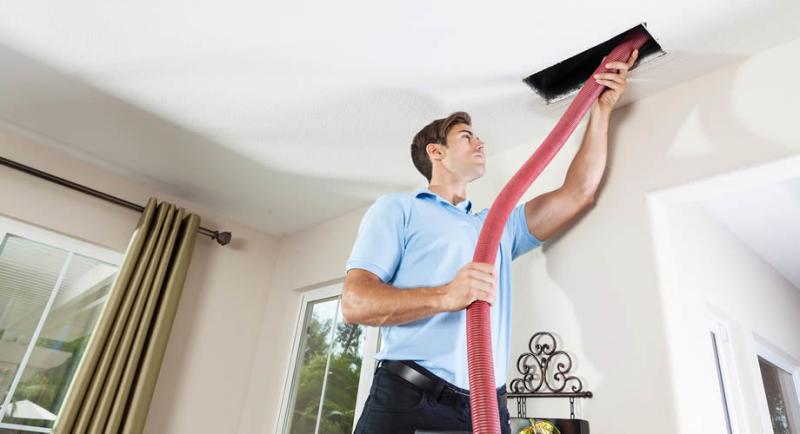When it comes to ensuring a comfortable indoor environment, an HVAC system plays a crucial role. But understanding what is done when an HVAC system is commissioned can be challenging. This article will delve into the commissioning process, shedding light on every step to provide a comprehensive understanding.

What is HVAC System Commissioning?
The term commissioning may seem technical, but it essentially means ensuring that the HVAC system is installed and functioning correctly. This involves a series of tests, checks, and verifications performed by qualified technicians.
Pre-Commissioning Activities
Design Verification
One of the first steps in commissioning is the review and verification of the HVAC system design. Ensuring that the design meets the project’s needs is critical for successful operation.
Component Inspection
Before the actual commissioning, individual components are inspected. This includes checking the ductwork, air handling units, and other essential parts to ensure they meet quality standards.
Documentation Review
All relevant documentation, such as design drawings and manufacturer’s specifications, are reviewed to ensure consistency and compliance with standards.

The Commissioning Process
Visual Inspection
A thorough visual inspection of the entire HVAC system is conducted. Technicians look for any obvious issues or discrepancies that could impact performance.
Operational Testing
The system is then operated under different conditions to test its performance. This includes checking temperature controls, airflow, and other critical parameters.
Control System Calibration
The control systems, such as thermostats and sensors, are calibrated to ensure they are accurately monitoring and controlling the HVAC system.
Functional Performance Testing
Load Testing
The system is subjected to load testing to assess its performance under peak conditions. This helps identify any potential issues that may arise during heavy use.
System Balancing
Balancing ensures that air is evenly distributed throughout the space. Technicians adjust dampers and other components to achieve this balance.
Energy Efficiency Verification
The energy efficiency of the system is verified to ensure it operates within designed parameters, minimizing energy consumption.
Final Documentation and Handover
Creating As-Built Drawings
As-built drawings reflecting the final installation of the HVAC system are created. These drawings are essential for future maintenance and troubleshooting.
Operation & Maintenance Manuals
Detailed operation and maintenance manuals are provided to the building owner. These manuals contain essential information for the ongoing care and operation of the HVAC system.
Owner Training
Owners or facility managers are trained on operating the system, ensuring they understand how to manage and maintain it effectively.
Post-Commissioning Activities
Performance Validation
After a period of operation, the system’s performance is re-evaluated to ensure it continues to meet the desired criteria.
Follow-Up Adjustments
If any issues are identified, follow-up adjustments are made to optimize performance and address any concerns.
Long-Term Maintenance Planning
A long-term maintenance plan is developed to ensure the system remains in optimal condition throughout its lifespan.
Why is Commissioning Important?
Commissioning is vital for several reasons: it ensures the system operates efficiently, reduces energy costs, and prolongs the lifespan of the equipment. Moreover, a well-commissioned system improves indoor air quality and overall comfort.
Conclusion
Understanding what is done when an HVAC system is commissioned is crucial for homeowners and business owners. This process ensures the system operates effectively and efficiently, providing long-term benefits in comfort and cost savings. For more information on related HVAC topics, you can check out the future or responsibilities.
FAQs
What does HVAC commissioning involve?
HVAC commissioning involves a series of tests and inspections to ensure the system is installed correctly and performs as designed. It includes design verification, component inspection, operational testing, and more.
How long does the commissioning process take?
The duration of HVAC commissioning can vary based on the system’s complexity and building size. It typically takes a few days to a few weeks.
Is HVAC commissioning necessary for new installations?
Yes, commissioning is essential for new installations to ensure the system operates efficiently and meets the design specifications. Skipping this step can lead to performance issues and higher energy costs.
